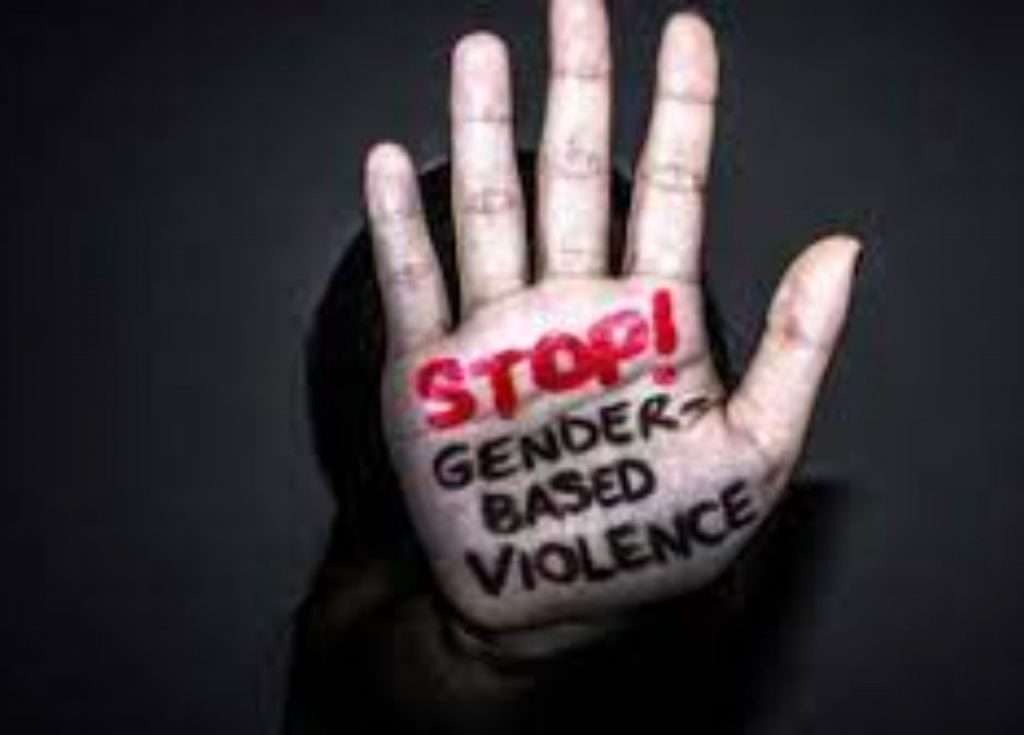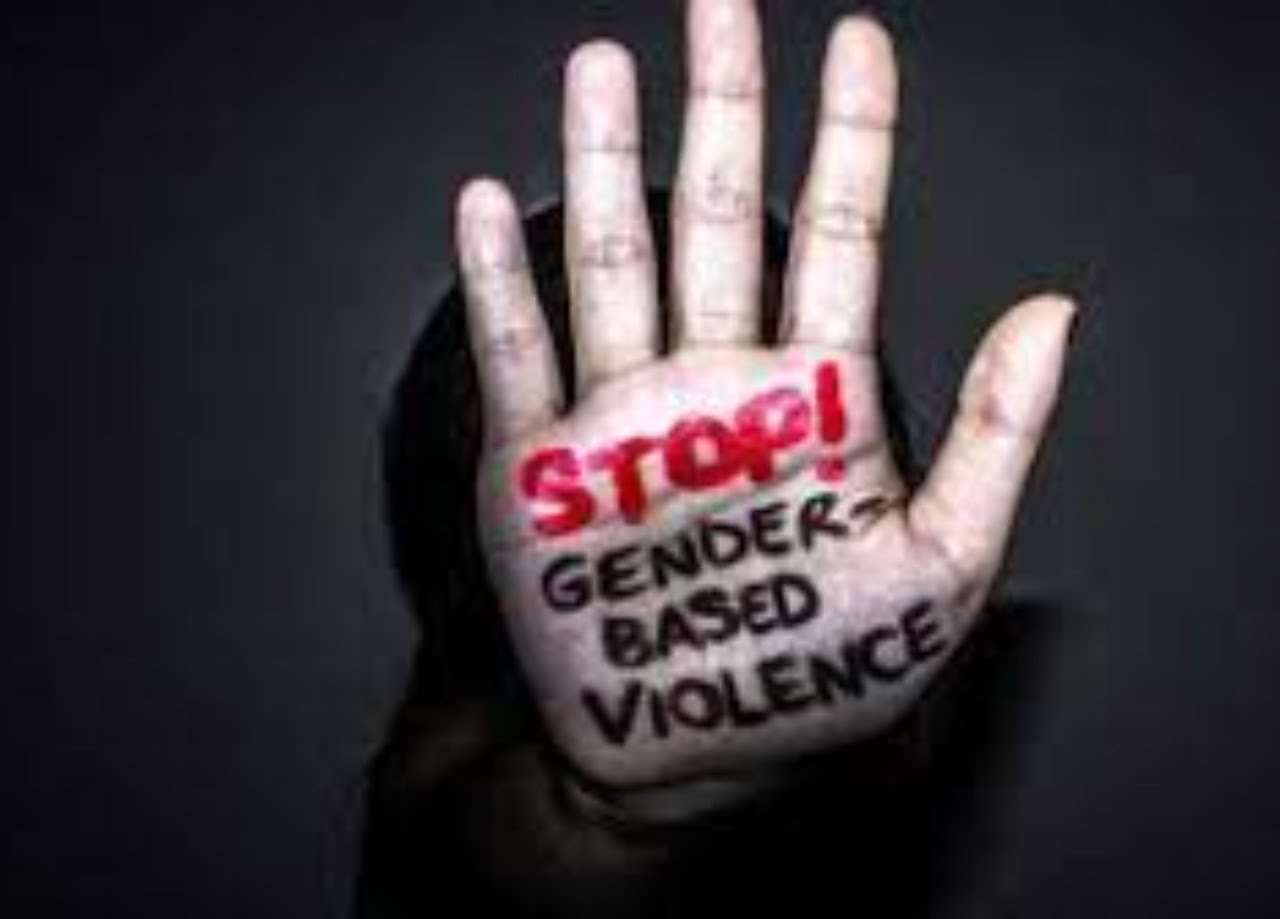
Every other day, we hear of a girl or woman whose human rights are being violated physically, sexually, or emotionally, sometimes resulting in their untimely deaths.
A most recent case that comes to mind is that of 21-year-old Justina Otuene, a 300-level Biochemistry student at the University of Port Harcourt who was gruesomely murdered and butchered by her boyfriend, Collins, a 400-level student of the same university in October 2023.
Every year on November 25, the world marks the ‘International Day for the Elimination of Violence Against Women’ which also marks the start of the 16 days of activism campaign against gender-based violence. The campaign which was started in 1991 runs for 16 days from 25th November to 10th December (Human Rights Day) every year.
Women’s rights activists have observed 25 November as a day against gender-based violence since 1981. This date was selected to honour the Mirabal sisters, three political activists from the Dominican Republic who were brutally murdered in 1960 by order of the country’s ruler, Rafael Trujillo (1930-1961).
Here are some important facts and statistics to know about gender-based violence (GBV).
Facts
1. Gender-based violence meaning
Gender-based violence (GBV) is defined as any harmful act or act of violence committed against an individual based on their gender, which includes physical, sexual, psychological, or economic abuse. While both men and women can experience gender-based violence, women are disproportionately affected, with higher rates of intimate partner violence, sexual assault, and harassment.
2. Forms of gender-based violence
Gender-based violence shows up in various forms, which include domestic violence, verbal abuse, sexual assault and rape, psychological abuse, incest, human trafficking, female genital mutilation, child and forced marriage.
3. It is directly linked to socio-economic issues
GBV is linked to a variety of socioeconomic issues, including poverty, a lack of education, and discrimination, producing a complex web that necessitates comprehensive solutions.
4. Rooted in power imbalances
GBV frequently results from unequal power dynamics, which are reinforced by gender stereotypes and societal norms that uphold the inferior status of certain genders.
5. Rise in technology-facilitated violence
Technology-facilitated violence, a new form of GBV caused by the digital age, is a growing concern, with high prevalence rates of cyber-harassment and online violence against women and girls in many regions.
6. Underreporting of gender-based violence cases
Because of fear, shame, or distrust in legal institutions, many cases of GBV go unreported, making it difficult to properly understand the extent of the problem. Most of the violent and harmful practices against women and girls that happen every day in Nigeria are not reported, according to research.
7. Collective responsibility
Efforts to tackle GBV must include engaging men in the conversation, promoting gender equality, and providing support for survivors. It also requires a collective effort involving governments, communities, and individuals.
Hence, education, awareness, and policy changes are crucial components of a multifaceted approach to eradicating this pervasive issue.
It is quite worrisome and disturbing to note that the number of cases of GBV keeps rising despite concerted efforts globally to eradicate this menace.
Statistics
Here are some shocking statistics about gender-based violence. Some of these data were obtained from UN Women.
Gender-based violence is a widespread phenomenon, affecting over 730 million women worldwide. 1 in 3 women worldwide will experience physical and/or sexual violence or both at least once in their lifetime.
6% of women report that they have been subjected to sexual violence by someone other than their husband or partner.
At least 200 million women and girls aged 15–49 have undergone female genital mutilation in 31 countries where the practice is concentrated. In sub-Saharan Africa, one in four women and girls has undergone female genital mutilation.
In 2021, around 45,000 women and girls worldwide were killed by their intimate partners or other family members. Globally, around 137 women are killed by their partner or a family member every day.
1 in 4 women experience physical and/or sexual violence during pregnancy.
Only 30% of victims of violence report to the police.
Women between the ages of 15 and 44 are at a higher risk of rape and domestic violence than cancer, car accidents, malaria, or being injured in war
30% of females globally have reported that their first sexual experience was forced.
ALSO READ: Nigeria Records 27,698 Sexual and Gender-Based Violence Cases in 3 Years


















Leave a Reply